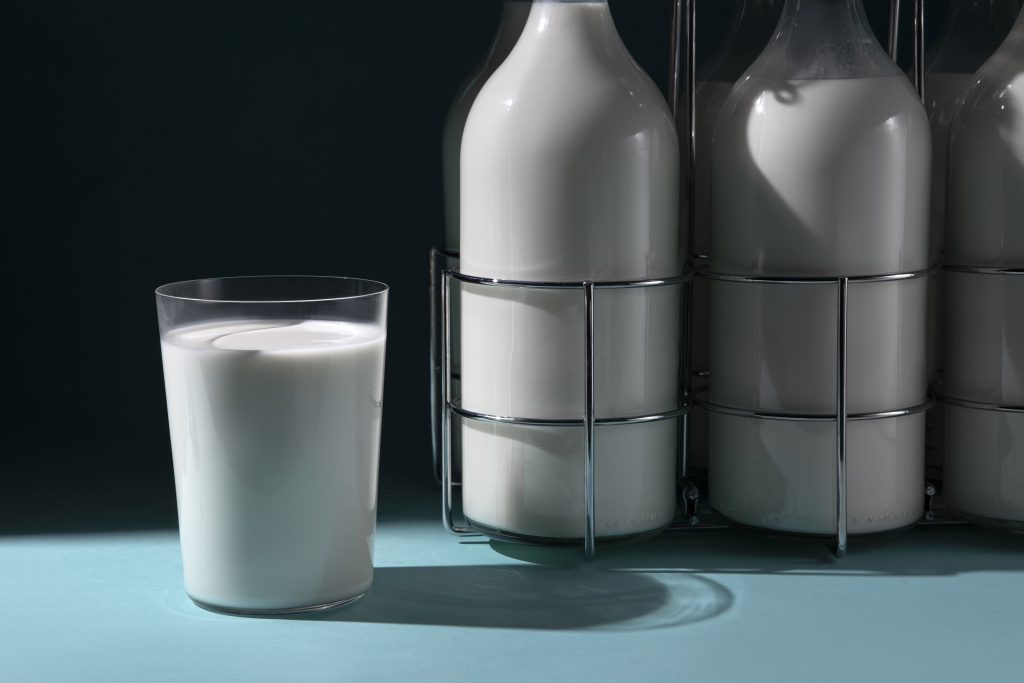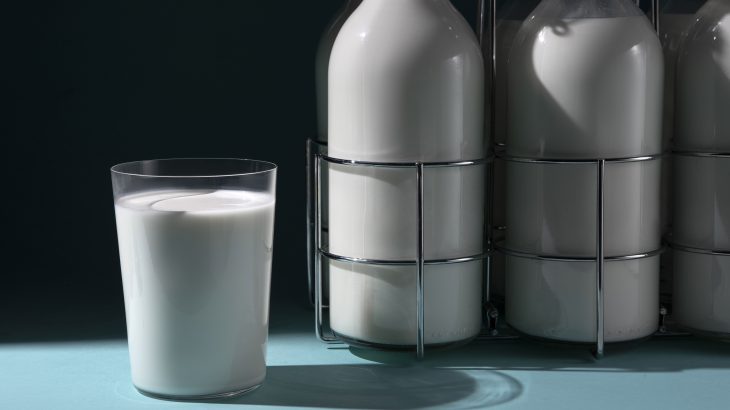Pasteurization vs. Raw Milk

Milk, the age-old nourishing beverage, has seen various methods of processing through the centuries. One of the major debates in the dairy world today revolves around pasteurization versus raw milk. Which is better? Which offers more health benefits? Let's delve into the differences and understand the pros and cons of each.
The Basics: What Is Pasteurized Milk?
Named after the famous scientist Louis Pasteur, pasteurization is the process of heating milk to a specific temperature for a set period to kill potentially harmful bacteria. The primary goal of pasteurization is to make the milk safe for consumption by eliminating pathogens that could cause diseases like tuberculosis, diphtheria, and brucellosis.
Raw Milk – Nature in Its Purest Form?
Raw milk, on the other hand, skips this heating process. It is milk in its natural, unaltered state, straight from the cow. Advocates often laud its unmodified nutritional content and natural enzymes, which are often compromised in the pasteurization process.
Advantages of Pasteurized Milk:
Safety: Pasteurization effectively kills harmful pathogens, ensuring the milk is safe for consumption.
Extended Shelf Life: Pasteurized milk tends to last longer than raw milk due to reduced microbial activity.
Widely Available: Most commercially available milk is pasteurized, making it easily accessible.
Conclusion
At Priya, we understand the intricacies of milk processing and prioritize delivering the best quality milk to our customers. Regardless of your choice, always ensure you're making informed decisions about the milk you consume.



